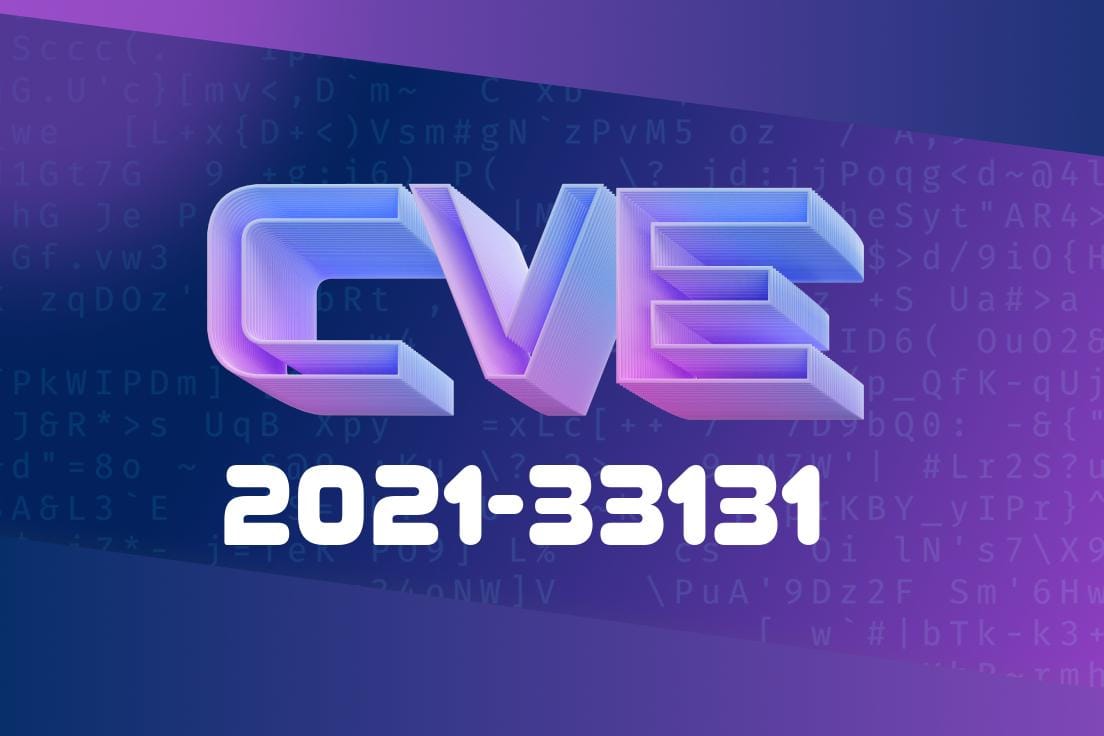---
In the world of software security, new vulnerabilities (and their corresponding CVE identifiers) seem to pop up all the time. Most CVEs denote real, actionable issues—flaws that attackers could exploit for fun, profit, or chaos. But every so often, a CVE is issued for something that turns out to be... nothing. CVE-2021-33131 is one such oddity. In this deep dive, we’ll unravel what happened, why "This is unused" became the official reason for rejection, and what developers can learn from this ghost in the CVE registry.
What is CVE-2021-33131?
CVE-2021-33131 was originally reserved for a potential vulnerability. But if you check the official listing:
- NIST NVD Entry: CVE-2021-33131
- CVE Details
> Rejected Reason: This is unused.
In other words, after further investigation, the vulnerability had no impact, or perhaps the reported bug wasn't actually a security issue.
How Does a CVE Get Rejected?
The CVE process allows for mistakes, misunderstandings, or overcautiousness. Early in vulnerability discovery, researchers may spot something that looks like a security flaw. To keep track, they might request a CVE number before full analysis.
If later on it turns out there’s actually nothing to see—maybe it was a programming artifact, a false positive, or code that just isn't used—the request can be withdrawn or “rejected.”
What Was the Original Context?
Since CVE-2021-33131 never became a "real" security issue, there’s no public exploit, affected code, or software versions. In fact, there’s not even an advisory or a cause for alarm. Sometimes CVEs are reserved preemptively. When further investigation finds no risk, they end up as orphans in the registry with minimal explanation, like here.
Let’s imagine the kind of non-issue that could lead to something like CVE-2021-33131
// This function looks dangerous but is never actually called
void unused_vulnerable_function() {
char buffer[10];
strcpy(buffer, user_input); // Potential buffer overflow!
}
// Main application logic does NOT use the above function
int main() {
printf("Hello, world!\n");
return ;
}
Here, an automated scanner might flag unused_vulnerable_function as a buffer overflow risk. A cautious responder could reserve a CVE *just in case*. Later, code review reveals it’s never called—meaning the risk is only theoretical.
Why Rejected CVEs Matter
You might wonder why anyone cares about a CVE that’s “unused.” Here’s why transparency is important:
Clarity: Users searching for CVE-2021-33131 will see there’s no need for patches or concern.
- Efficiency: Security engineers don’t waste time researching or backporting fixes for phantom bugs.
Verify first: Before requesting a CVE, check if the offending code path is reachable.
2. Document clearly: If a CVE is reserved in error, provide a plain English rejection reason (like "unused").
Links & References
- CVE-2021-33131 at NVD (National Vulnerability Database)
- MITRE’s official CVE Dictionary
- How CVEs Are Managed and Rejected (MITRE FAQ)
Final Words
CVE-2021-33131 is a reminder that not every scary-sounding number means the sky is falling. In this case, “This is unused” is as reassuring as it gets. For developers and security pros, it shows the importance of due diligence, clear communication, and transparency.
Timeline
Published on: 02/23/2024 21:15:08 UTC
Last modified on: 09/04/2025 00:40:34 UTC
